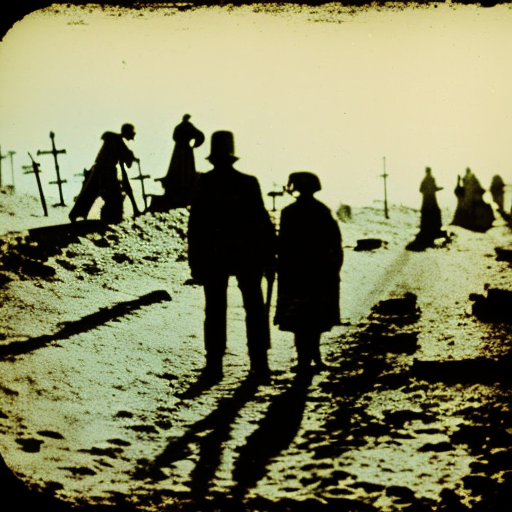Siege of Grave: A Desperate Battle for Control
The Siege of Grave was a significant military engagement that took place during the Eighty Years’ War, a conflict between the Dutch Republic and the Spanish Empire. The siege occurred in 1602 and lasted for several months, resulting in a decisive victory for the Dutch forces. It was a crucial event in the struggle for Dutch independence and marked a turning point in the war.
The Background: The Eighty Years’ War
The Eighty Years’ War, also known as the Dutch War of Independence, began in 1568 when the Dutch rebels, led by William of Orange, revolted against Spanish rule. The Spanish Empire, under the leadership of King Philip II, sought to suppress the rebellion and maintain control over the Netherlands. The war was characterized by a series of battles, sieges, and diplomatic maneuvering.
The Importance of Grave
Grave, a fortified town located on the eastern bank of the Meuse River, was strategically important for both the Dutch and the Spanish. It served as a key supply route and provided a strong defensive position. The Spanish had controlled Grave since 1586, and its capture was crucial for the Dutch to secure their hold on the region.
The Dutch Siege
In 1602, the Dutch forces, led by Maurice of Nassau, launched a siege on Grave. The Dutch army consisted of a well-trained and disciplined force, while the Spanish garrison defending the town was significantly outnumbered. The Dutch began by surrounding the town and cutting off its supply lines, effectively isolating the Spanish troops inside.
The Spanish Defense
The Spanish garrison, under the command of Governor Francisco Verdugo, put up a determined defense. They utilized the town’s fortifications and repelled several Dutch assaults. However, the Spanish forces were gradually weakened by the lack of supplies and the constant bombardment from the Dutch artillery.
The Turning Point
As the siege dragged on, the Dutch forces received reinforcements and continued their relentless assault on Grave. They employed innovative tactics, such as the use of saps and mines, to breach the town’s defenses. The Spanish garrison, facing starvation and dwindling morale, could no longer hold out.
The Dutch Victory
In June 1602, after months of intense fighting, the Spanish garrison finally surrendered. The Dutch forces emerged victorious, capturing Grave and securing a crucial stronghold on the Meuse River. The siege of Grave was a significant achievement for the Dutch Republic, as it demonstrated their military prowess and boosted their morale.
The Aftermath
The capture of Grave had far-reaching consequences for the Dutch Republic and the wider conflict. It allowed the Dutch to control the Meuse River and establish a strong defensive line against Spanish incursions. The victory also bolstered the Dutch Republic’s international standing and attracted support from other European powers sympathetic to their cause.
Legacy
The Siege of Grave is remembered as a pivotal moment in the Eighty Years’ War. It showcased the effectiveness of Dutch military tactics and marked a turning point in the conflict. The Dutch Republic continued to fight for its independence, eventually achieving it in 1648 with the Treaty of Westphalia.
In conclusion, the Siege of Grave was a critical event in the Eighty Years’ War, demonstrating the Dutch Republic’s military strength and determination. The capture of Grave provided the Dutch with a strategic advantage and contributed to their eventual victory in the war. This siege remains an important chapter in the history of Dutch independence and the broader struggle against Spanish domination.












